March is typically a make-or-break month for many folks as it relates to reaching their health and wellness goals for the new year. The resolutions are losing steam, weather tends to sway fitness decision-making, and focus begins to shift a bit away from what brought them to the gym in the first place. My message to many at this time of year is to continue to WIN EACH DAY! By that I mean have more checks in the win column than in the loss column. It’s natural to slump a little—we haven’t seen the sun in a month, for crying out loud. But continue to focus on doing those things that constitute WINS and limit those things that would be considered a LOSS.
NIFS Instructors Share Their Observations in the Gym
This is also a great time of year to hit a few reminders of what you should and should not do in the gym I asked the experts (the highly trained NIFS instructors): What are some things you see gym-goers do that needs immediate attention and correction? Along with a few of my own, here is what the team had to report on the common things we see in the gym that you should and should not do.
Tony: Control the Weights
- Not controlling the weight of an exercise throughout the entire ROM.
- Dropping the weight unsafely.
- Holding on and hunching over a climb mill.
- Standing the wrong direction in a squat rack.
Lauren: Deadlift
- Tuck the chin in neutral spine
- Use clips for safety
Thomas: Bicep Curl
- The emphasis on bicep curl contraction is more pronounced when we isolate the muscle. this can be done by avoiding movement and momentum from arm swinging by pressing the elbows toward your sides
- Sometimes, more weight does not make the exercise better, but better movement patterns can make the exercise more effective and safer
- An easy way to also accomplish this would be to press your back against the wall and perform the exercise
Ashley: Proper Plank
- Hips in the air/not a flat back
- Proper way is flat back, hips level, core tight
Tinisi: Proper Lunge
- Keep your upper body straight, with your shoulders back and relaxed and look straight ahead
- lower your hips until both knees are bent at about a 90-degree angle
- Core tight
Keep Striving for Wins and Contributing to Your Fitness Community
We covered a great deal of information here—pretty important stuff for both proper technique and fitness community etiquette. As I covered in my post Culture Club: How to Be a Strong Member of a Fitness Community, we are all in this together! And a community of support and positive energy is a place we can all thrive in, and must all contribute to. I know that some of the new year perspective may have lost a little sparkle, but you are still on the right track. Just remember, have more WINS than LOSSES and you will continue to improve!
This blog was written by Tony Maloney, ACSM Certified Exercise Physiologist and Fitness Center Manager. To find out more about the NIFS bloggers, click here.



 Agility drills basically represent an obstacle. Athletes who can respond faster to starts, stops, and change of direction earlier than the obstacle will have a practical advantage on the playing field. This blog highlights three of my favorite agility drills that can be built into your team’s conditioning routines. The benefits of these runs, jumps, and cuts include increases in reactionary speed, coordination, footwork, and body awareness. Athletes need to be able to change direction rapidly under control without decreases in speed.
Agility drills basically represent an obstacle. Athletes who can respond faster to starts, stops, and change of direction earlier than the obstacle will have a practical advantage on the playing field. This blog highlights three of my favorite agility drills that can be built into your team’s conditioning routines. The benefits of these runs, jumps, and cuts include increases in reactionary speed, coordination, footwork, and body awareness. Athletes need to be able to change direction rapidly under control without decreases in speed. Drill 1: Offense/Defense—Partner Reaction Acceleration Tag
Drill 1: Offense/Defense—Partner Reaction Acceleration Tag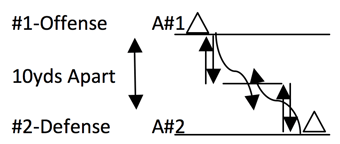 Drill 2: Cat & Mouse—5-5 Shuttle Reaction Tag
Drill 2: Cat & Mouse—5-5 Shuttle Reaction Tag Drill 3: Shuttle Runs—Reaction 5-5-10 Shuttle
Drill 3: Shuttle Runs—Reaction 5-5-10 Shuttle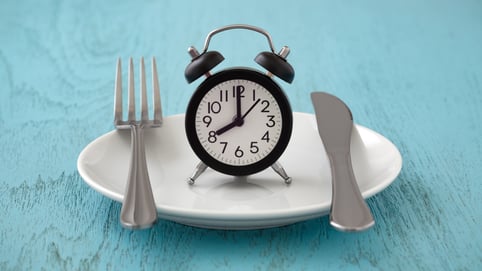 Losing weight is regularly ranked as one people's top New Year’s resolution. That’s probably why everyone and their mother is on a diet of some sort. One that is trending, and probably one you have heard about, is intermittent fasting. Intermittent fasting has been around for quite some time but has gained popularity over the years. The question is: is intermittent fasting really effective for weight loss? Yes and no. Confused? Let’s dig in.
Losing weight is regularly ranked as one people's top New Year’s resolution. That’s probably why everyone and their mother is on a diet of some sort. One that is trending, and probably one you have heard about, is intermittent fasting. Intermittent fasting has been around for quite some time but has gained popularity over the years. The question is: is intermittent fasting really effective for weight loss? Yes and no. Confused? Let’s dig in.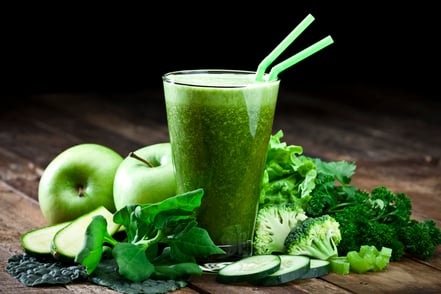 We’ve all been here before: When it seems the long, gray winter will never end and you make one more pot of hearty vegetable soup or another casserole; or when the lackluster tomatoes and almost pinkish-white strawberries just aren’t cutting it. It’s time to get creative!
We’ve all been here before: When it seems the long, gray winter will never end and you make one more pot of hearty vegetable soup or another casserole; or when the lackluster tomatoes and almost pinkish-white strawberries just aren’t cutting it. It’s time to get creative! How many times have you looked around a room full of people and seen nearly everyone buried in their phones? Their shoulders are slumped forward and their head is hung low. Or maybe you’re at work, and everyone’s busy composing emails with that same forward head position? Chances are, it won’t be long before you notice this posture elsewhere, and it can wreak havoc when it comes to the health of your shoulders.
How many times have you looked around a room full of people and seen nearly everyone buried in their phones? Their shoulders are slumped forward and their head is hung low. Or maybe you’re at work, and everyone’s busy composing emails with that same forward head position? Chances are, it won’t be long before you notice this posture elsewhere, and it can wreak havoc when it comes to the health of your shoulders.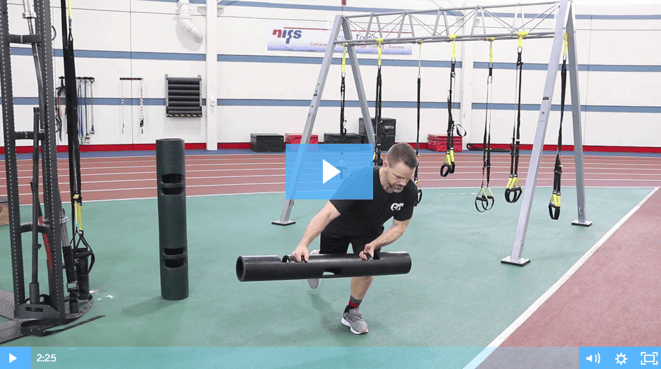
 The temperatures are still frigid, and there are days when it seems as if the sun doesn’t shine. This is the time of year when we can start to feel down and less motivated, and maybe start to develop a case of the winter blues. It's easy for these negative thoughts to start creeping into our heads, but it is just as easy to kick these thoughts to the curb with these five simple steps.
The temperatures are still frigid, and there are days when it seems as if the sun doesn’t shine. This is the time of year when we can start to feel down and less motivated, and maybe start to develop a case of the winter blues. It's easy for these negative thoughts to start creeping into our heads, but it is just as easy to kick these thoughts to the curb with these five simple steps. As fitness professionals, we promote good habits to our clients and encourage people to make positive changes in their lives. Sometimes we help others find the spark to exercise or offer the accountability to make those hard-earned results stick. Overall, “helping individuals achieve success in goals and happiness in life” sums up what it means to be a trainer.
As fitness professionals, we promote good habits to our clients and encourage people to make positive changes in their lives. Sometimes we help others find the spark to exercise or offer the accountability to make those hard-earned results stick. Overall, “helping individuals achieve success in goals and happiness in life” sums up what it means to be a trainer.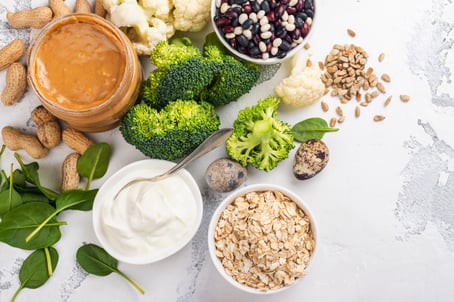 Mondays can be hard enough, getting back into the swing of things after a much-too-short weekend. The last thought on your mind is what to cook for dinner, right? You might go out to eat instead, pick up carryout, or eat a frozen pizza for the most painless dinner prep possible. However, what if you opt for something that is not only easy for you, but also healthy for you and the planet?
Mondays can be hard enough, getting back into the swing of things after a much-too-short weekend. The last thought on your mind is what to cook for dinner, right? You might go out to eat instead, pick up carryout, or eat a frozen pizza for the most painless dinner prep possible. However, what if you opt for something that is not only easy for you, but also healthy for you and the planet?